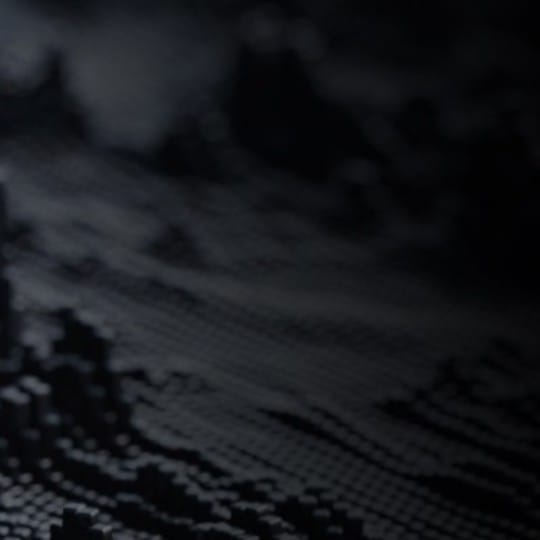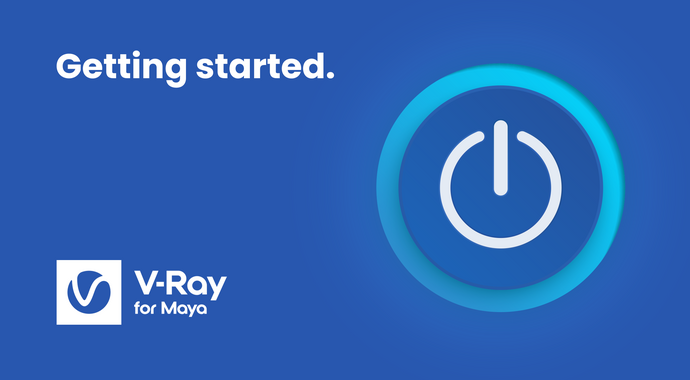
Getting started
See how to set up V-Ray, create your first camera, add basic lighting to your scene, and more.
 © Andrea Savchenko
© Andrea Savchenko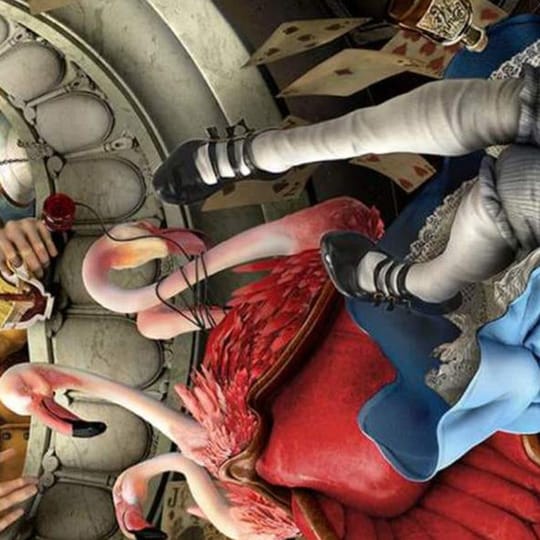 © Andrea Savchenko
© Andrea SavchenkoTo help you begin this journey, we've compiled a number of helpful resources. You'll find all the tutorials, webinars and documentation you need to be able to create great-looking renders in no time.
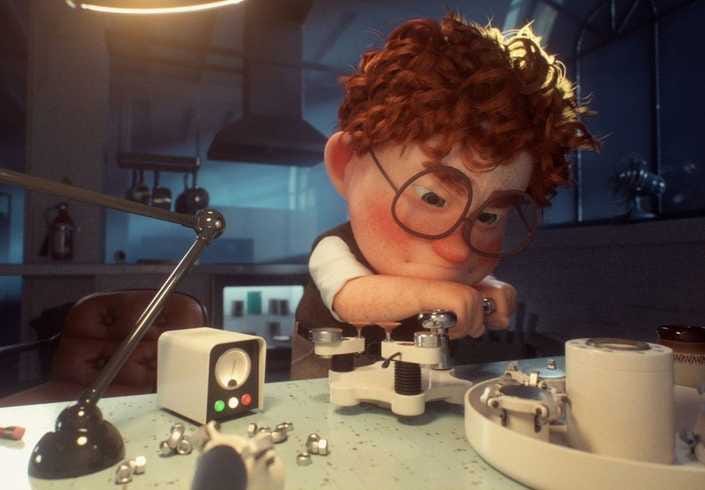 © Heinz Australia - grooming by Andrew Krivulyа
© Heinz Australia - grooming by Andrew KrivulyаTo get started, follow our series of beginner-friendly tutorials. Learn the basics and unleash your creativity right away.

See how to set up V-Ray, create your first camera, add basic lighting to your scene, and more.
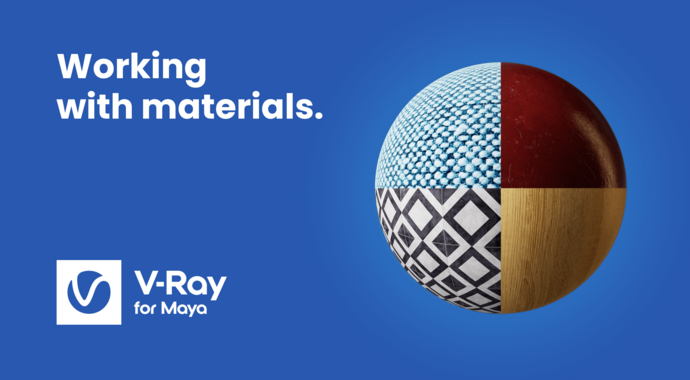
Learn about all the essential steps you need to go through when applying materials to your scene.
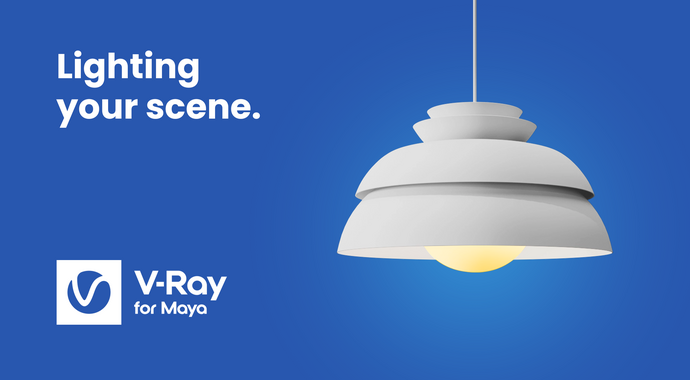
Explore different ways to light your scene, create and customize setups for different times of day and contrasting moods.
Want to stay up-to-date with useful content like this? Subscribe to ![]() ChaosTV.
ChaosTV.

Watch this video to learn how to set up the shading for a character using V-Ray for Maya.

Go on a journey underwater. Learn how to set up the sea volumetrics, add volumetric shadows and create god rays with V-Ray.

See how to make the most of V-Ray for Maya’s post-processing capabilities. Enhance your renders right from the V-Ray Frame Buffer with Light Mix, and more.
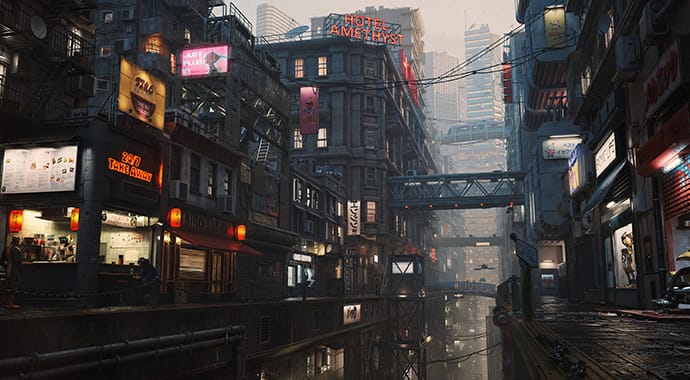 © Darko Mitev
© Darko MitevWe invited Darko Mitev to take you on a tour of ORIS City. Find out how V-Ray for Maya helped him create this intricately detailed cyberpunk metropolis.
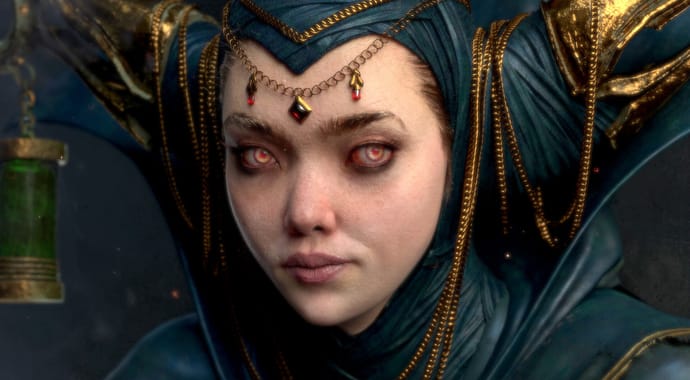
CG Artist Taj Nabhani reveals the making of Jjahawa, a 3D character based on a concept by Roman Kupriianov. Taj covers the entire process, from modeling, using V-Ray materials and shaders, and lighting and rendering.
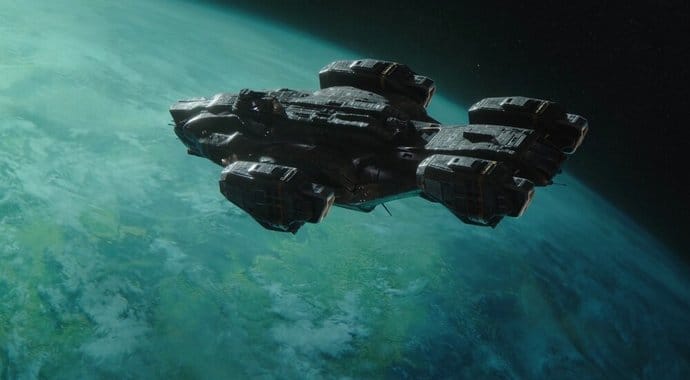 Silhouette Images © Prodigy Pictures Inc.
Silhouette Images © Prodigy Pictures Inc.Find out about Dmitry Vinnik’s top tips for working in the fast, hard and fun world of VFX. Plus, how V-Ray for Maya helped him throughout his career.
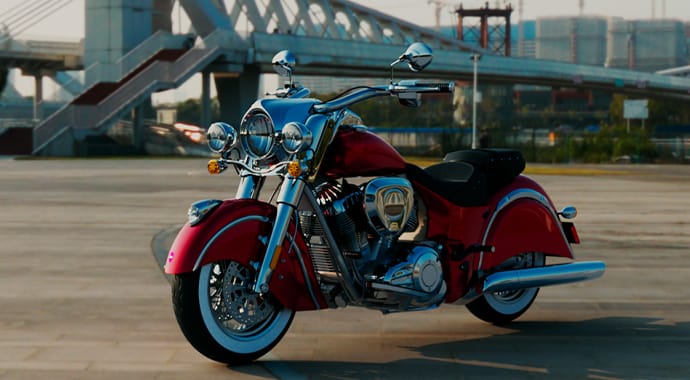
Follow this tutorial to learn how to turn a plane into a shadow catcher to achieve more photorealistic renders. We delve into two different approaches you can use.
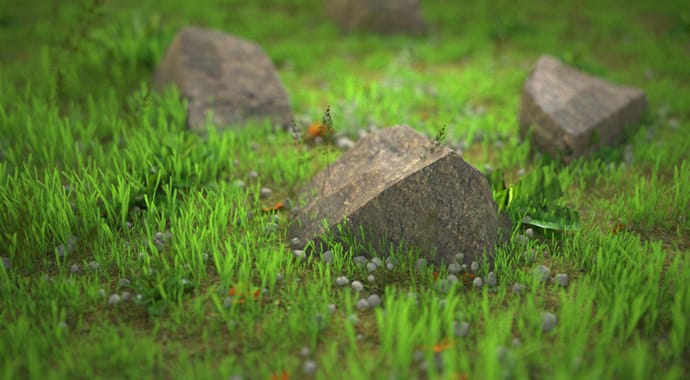
Get familiar with the standard setup when using the VRayTriplanarTex to create rocks. Read to find out how to map textures and achieve a realistic result.
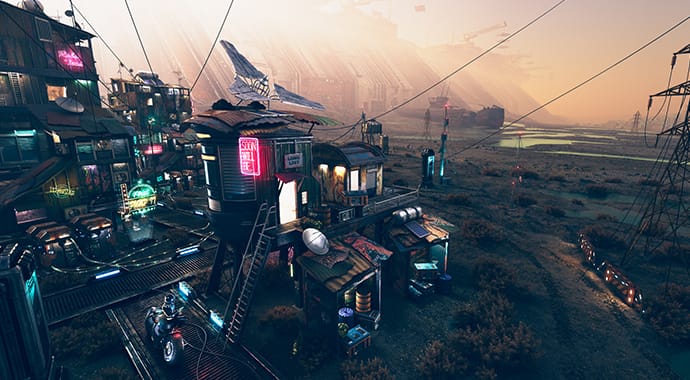
Learn about ACEScg and the workflow with V-Ray for Maya. We cover setting up ACEScg for rendering and display, both manually as well as using an OCIO configuration.
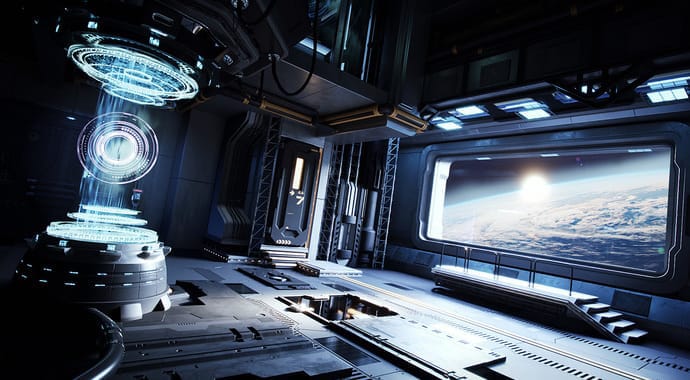
Discover all the information you need about how to use V-Ray lights to illuminate objects in Viewport 2.0.
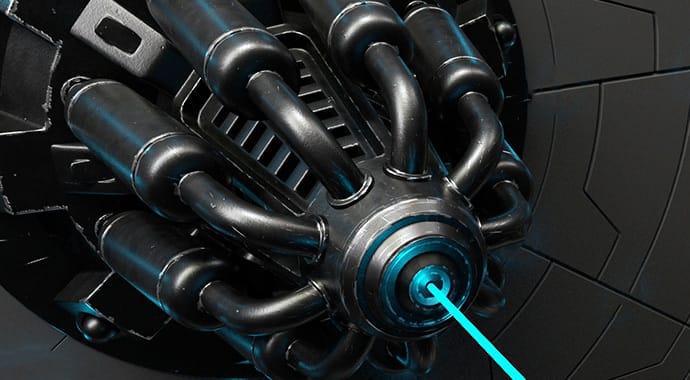
This great resource will help you understand the proper Index of Refraction of different types of metal materials.
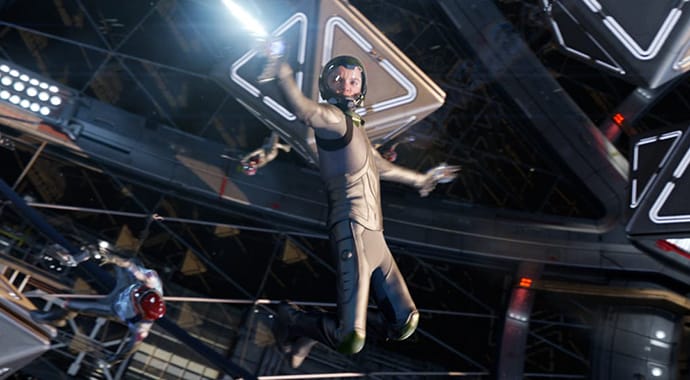
Learn how to disable the Motion Blur effect on animated UVs using V-Ray post-translate script, while preserving the effect on an object.
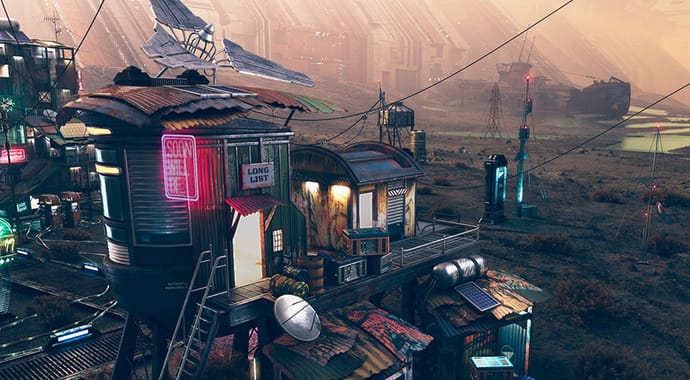
CG Specialist Cory Holm shares workflow tips and tricks and covers best practices for creating a cyberpunk scene using V-Ray 5. You’ll learn about everything from shading and lighting to applying final touches in the redesigned V-Ray Frame Buffer.
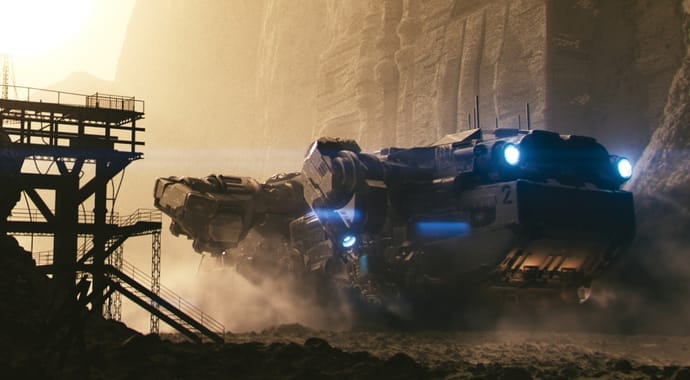
CG Specialist Cory Holm presents how to make the most of V-Ray Next for Maya, including the workflow improvements, intelligent tools, and speed boosts that can take your rendering capabilities to the next level.
These free scenes will give you a head start learning V-Ray for Maya. Each scene includes complete assets and renders. You can also use them to follow along with our tutorials.
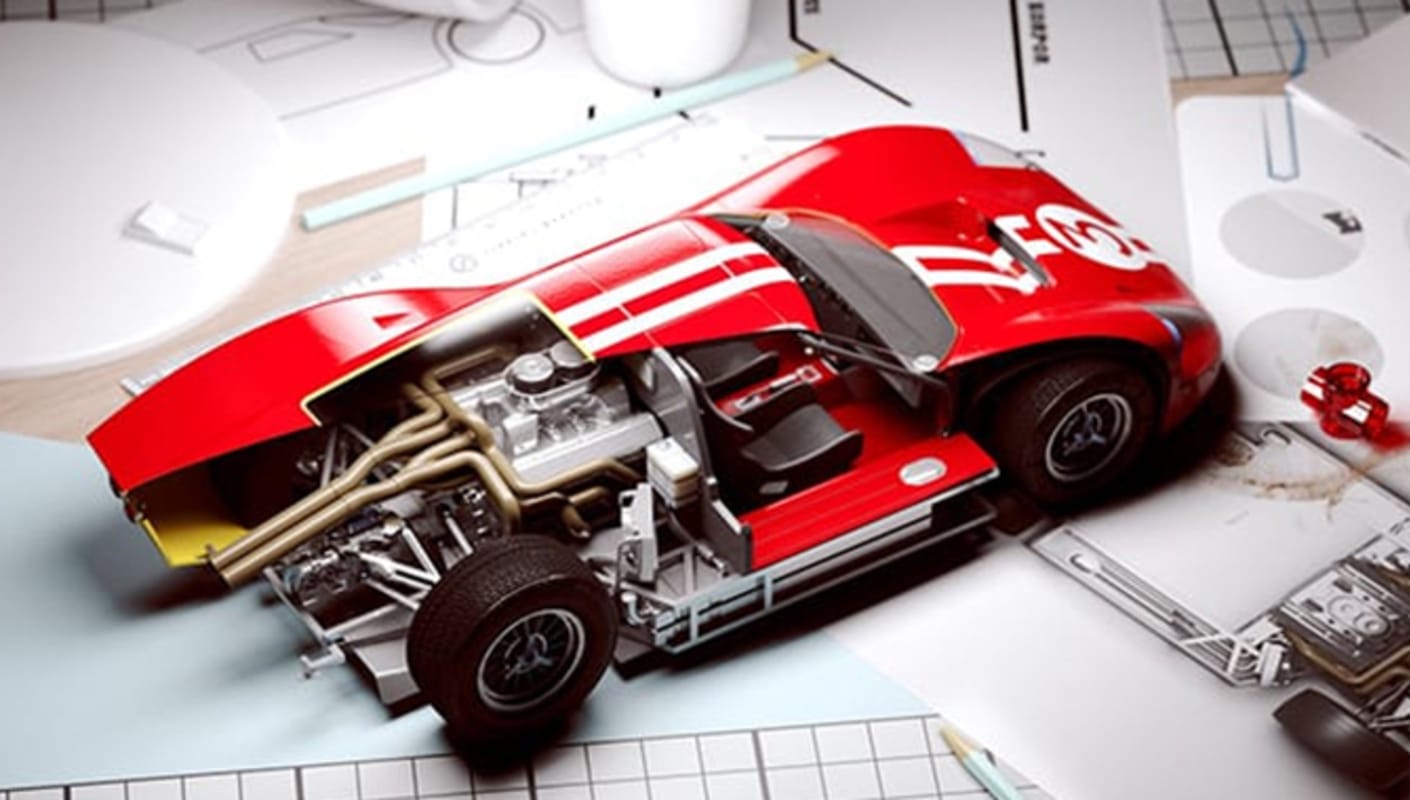
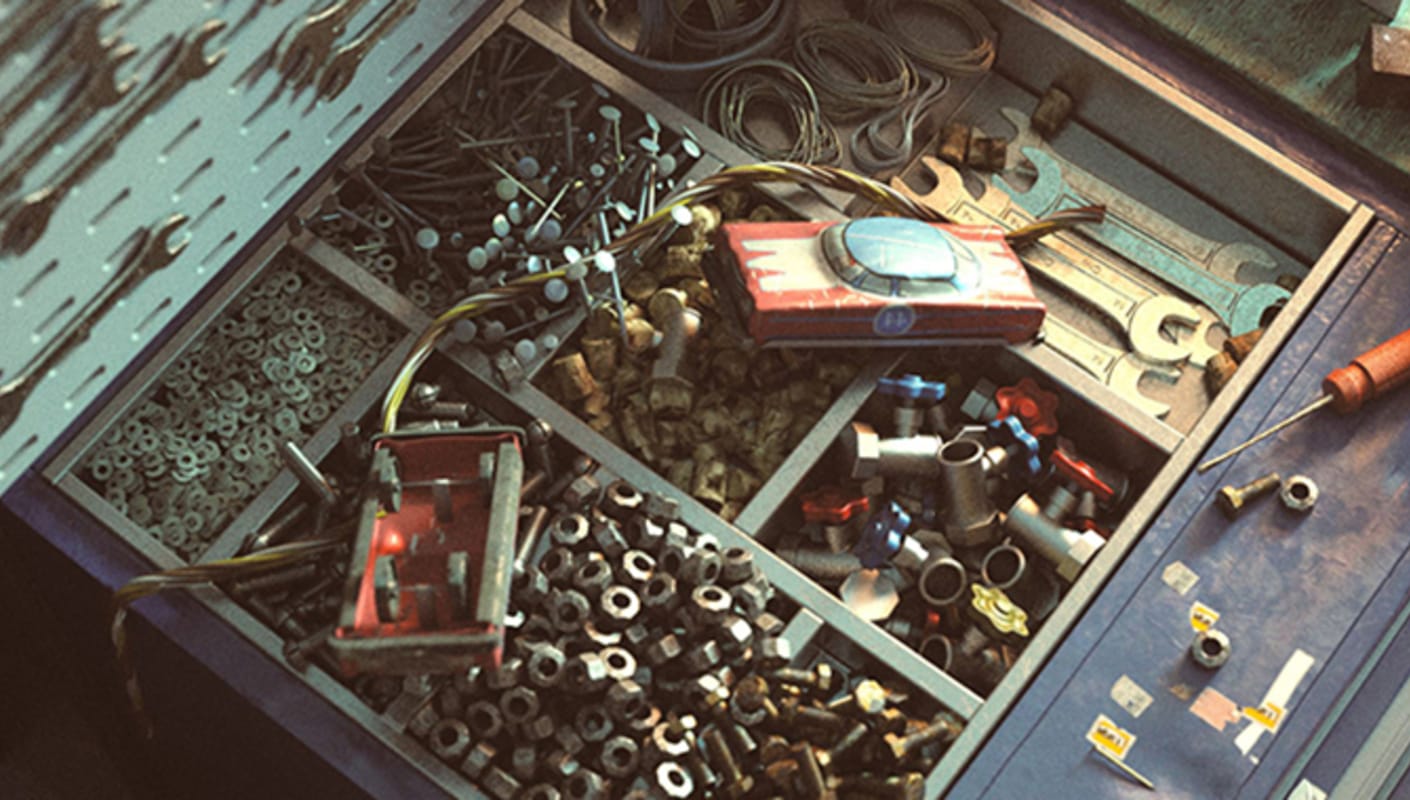
Chaos documentation is the best place to find in-depth explanations per V-Ray feature, parameter and detailed information on various settings.

